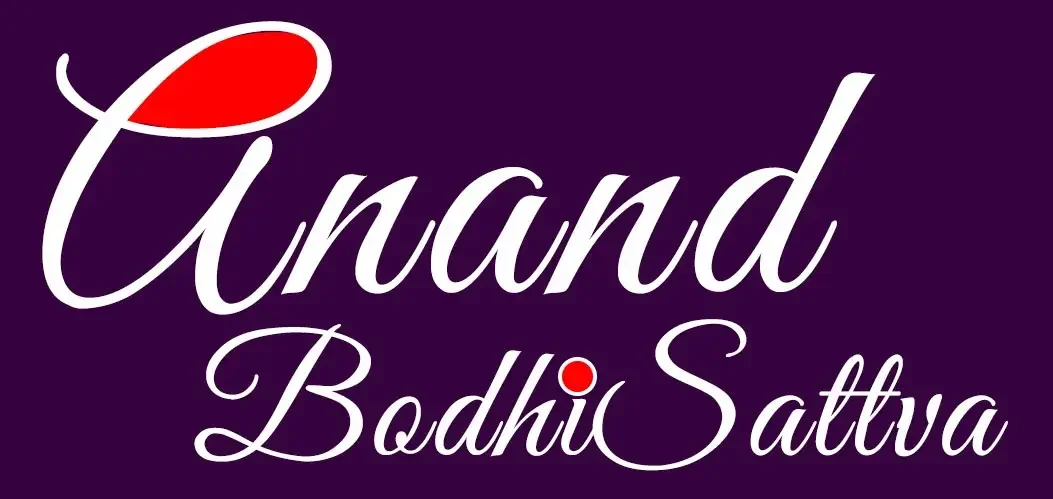Ujjayi Pranayama: The Victorious Breathing Practice

Ujjayi Pranayama is one of the easiest and has the fewest restrictions, out of 8 main popular pranayama practices. It is a great preparatory practice to apply at the beginning of any asana or other advanced pranayama practices.
The practice of Ujjayi pranayama is so simple that it can be done in any position and anywhere. The name of this pranayama implies that it enables the practitioner to achieve victory arising from the process of expansion of prana or vital life force. This pranayama enhances the ventilation of the lungs, calms the nerves, reduces stress, and fills the whole body with vitality. It is used in meditation practices, kriya yoga and yoga nidra because it helps relax the physical body and the mind, and develops awareness of the subtle body and psychic sensitivity. Ujjayi also promotes withdrawal of the senses (pratyahara).
The Benefits
- Ujjayi is classified as a tranquillizing pranayama. It also has a heating effect on the body.
- This practice is used in yoga therapy to soothe the nervous system and calm the mind. It has a profoundly relaxing effect at the psychic level.
- It helps to relieve insomnia and may be practiced in shavasana just before sleep.
- Slows down the heart rate and is useful for people suffering from high blood pressure.
- Alleviates fluid retention and removes disorders of the 7 constituents of the body: blood, bone, marrow, fat, semen, skin and flesh.
Tips for Ujjayi Pranayama
Regarding Sitting Position
- Exhale completely and release all the air out of your lungs.
- Partially restricting the glottis (middle of the throat, where the vocal chords are located) inhale slowly with a hissing sound.
- Allow the chest to expand fully while the shoulders move upward (slightly contract the abdomen) while inhaling.
- Exhalation should be slower than the inhalation; approximately double the time of the inhalation. While exhaling, drop the shoulders away from the ears and relax them completely.
- Repeat 10 times.
Regarding Breathing Process
- Sit in a relaxed and comfortable pose. Spine erect and hands rest on your thighs.
- Exhale Naturally (Take a relaxed Exhalation).
- Gently draw the shoulders back and down away from the ears.
- Stabilize your shoulders throughout the practice.
Regarding Sound
- Partially closing the glottis produced the sound and should resemble the sound of snoring.
- Avoid frictions in the nose.
- Avoid contraction of facial and nose muscles while inhaling
Regarding Attention and Awareness.
- Movement of the chest and shoulders.
- Movement of the inflow and outflow of air.
- Listening to the produced hissing sound.


